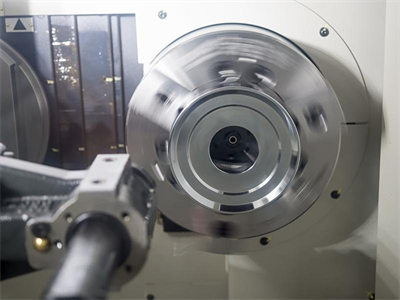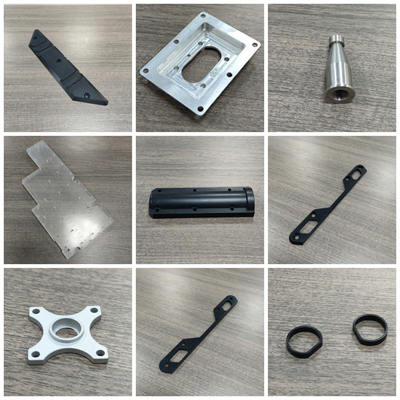In today’s world, technology is rapidly changing the way we live and work. One such technology that has made a significant impact on the manufacturing industry is CNC processing. CNC stands for Computer Numerical Control, and it is a manufacturing process that involves the use of computers to control machine tools.

CNC machines have been in use for several decades, but they have become increasingly popular in recent years due to their ability to produce high-quality, complex parts with greater accuracy and efficiency. This blog post will explore three ways that CNC processing is revolutionizing manufacturing.
Increased Efficiency
CNC machines are incredibly efficient. They can work for extended periods without the need for rest or breaks. They also have the ability to perform multiple tasks simultaneously, which increases productivity significantly. CNC machines can also work with a variety of materials, including metals, plastics, and composites, which makes them incredibly versatile.
CNC machines can produce parts at a faster rate than traditional manufacturing methods, which means that manufacturers can produce more goods in less time. This increased efficiency has allowed manufacturers to reduce lead times and meet customer demands more effectively. With CNC machines, manufacturers can produce parts around the clock, allowing them to increase their output and grow their businesses.
Greater Accuracy
One of the most significant advantages of CNC processing is its precision. CNC machines can produce parts with an accuracy of up to 0.001mm, which is incredibly precise. This level of precision is not possible with traditional manufacturing methods.
CNC machines also have the ability to repeat the same process multiple times with the same level of accuracy, which means that manufacturers can produce large quantities of parts with consistent quality. This consistency is crucial in industries such as aerospace, automotive, and medical, where precision and quality are of the utmost importance.

Lower Costs
CNC machines can be expensive to purchase, but they can ultimately save manufacturers a significant amount of money. Because CNC machines are so efficient, they can produce parts at a lower cost than traditional manufacturing methods. CNC machines also have lower labor costs because they require less human intervention.
Additionally, CNC machines produce less waste than traditional manufacturing methods, which reduces material costs. With CNC machines, manufacturers can optimize their production processes and reduce material waste, resulting in lower costs and higher profitability.
Conclusion
CNC processing has revolutionized manufacturing by increasing efficiency, improving accuracy, and lowering costs. While the initial investment in CNC machines can be substantial, the long-term benefits make it a worthwhile investment for manufacturers.
As technology continues to advance, it is likely that CNC machines will become even more advanced, further increasing their impact on the manufacturing industry. With CNC machines, manufacturers can stay competitive and meet the ever-changing demands of their customers, making it a vital technology for the future of manufacturing.
